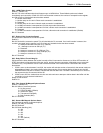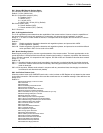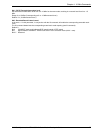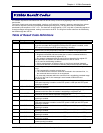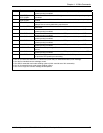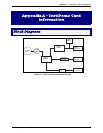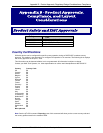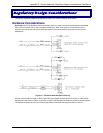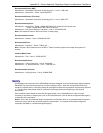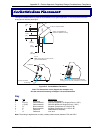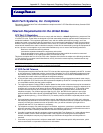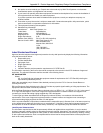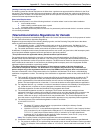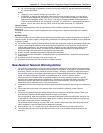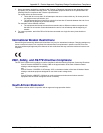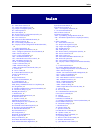
Appendix B – Product Approvals, Regulatory Design Considerations, Compliance
Multi-Tech Systems, Inc. MT2456SMI-22 SocketModem Developer’s Guide 50
Recommended Ferrite (SMT)
Manufacturer – Associated Component Technology (ACT) – Part # - YCB-1206
Manufacturer – Murata Erie – Part # - BLM31A601SPT
Recommended Ferrite (Thru-Hole)
Manufacturer – Associated Component Technology (ACT) – Part # - WB2-2.OT
Recommended Capacitor
Manufacturer – Murata Erie – Part # - GHM3045X7R221K-GC (Surface mount device) and
Part # - DE0807B221K-KH (Thru-hole device)
Manufacturer – Ever Grace Electronic Industrials -- Part # - YP221K2EA7PS
Note: The capacitors used on T&R must have a Y2 safety rating.
Recommended Connector
Manufacturer – Stewart – Part # - SS-6446-NF-A431
Recommended Fuse
Manufacturer – RayChem – Part # - TR600-150
Note: The fuse is also needed to meet UL1950 3
rd
edition protection against over-voltage from power line
crosses.
Common Mode Choke
Manufacturer – TDK – Part # - ZJYS51R5-2PT
Recommended Sidactor
Manufacturer – Teccor Electronics – Part # - P#3100SA
Manufacturer – ST Microelectronics -- Part 1 – SMP100-270
Recommended Transceiver
Manufacturer – Analog Devices – Part # - ADM207EAR
Safety
All creepages and clearances for the MT2456SMI have been designed to meet requirements of safety standards
EN 60950. The requirements are based on a working voltage of 250V. When the recommended DAA circuit
interface is implemented in a third party design all creepage and clearance requirements must be strictly adhered
to. The third party safety design must be evaluated by the appropriate national agency per the required
specification.
User accessible areas: Based on where the third party design is to be marketed/sold or used, it may be
necessary to provide an insulating cover over all TNV exposed areas. Consult with the recognized safety agency
to determine the requirements.
Notice: Even if the recommended design considerations are followed, there are no guarantees that a particular
system will comply with all the necessary regulatory requirements. It is imperative that specific designs be
completely evaluated by a qualified/recognized agency.



